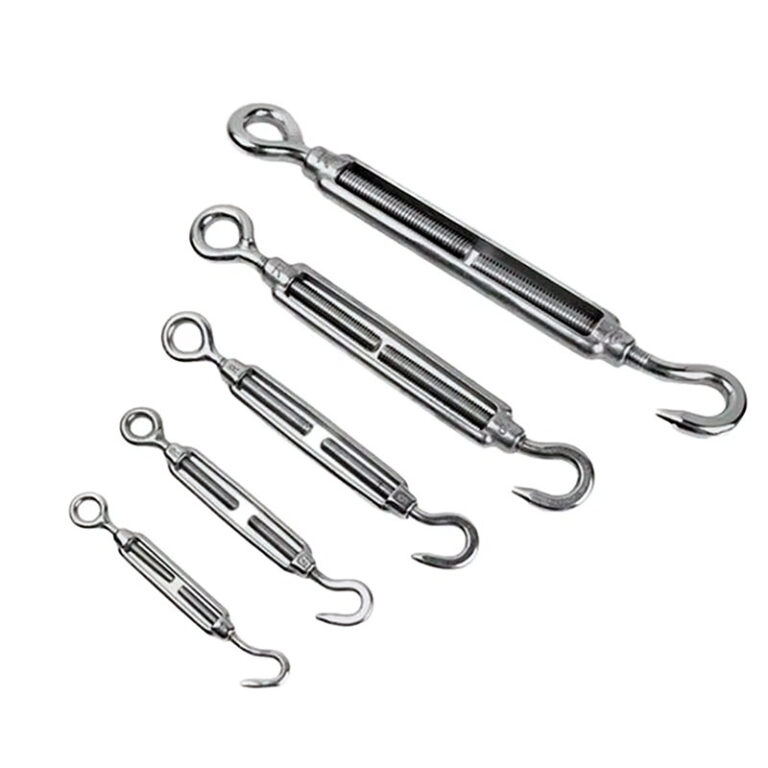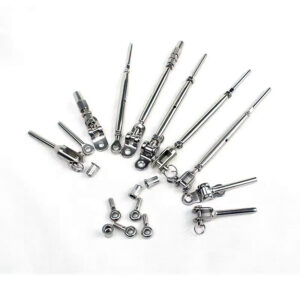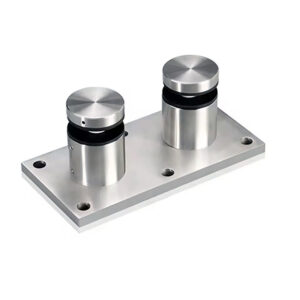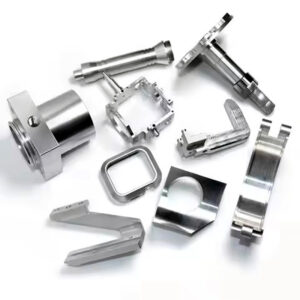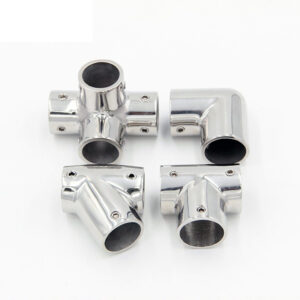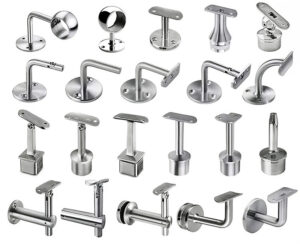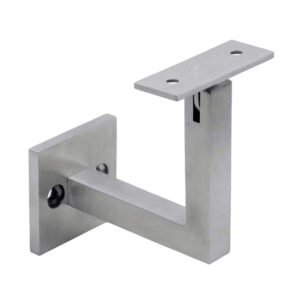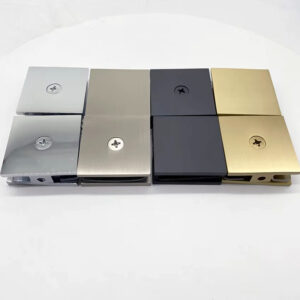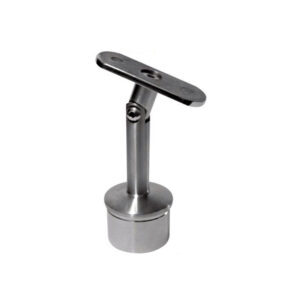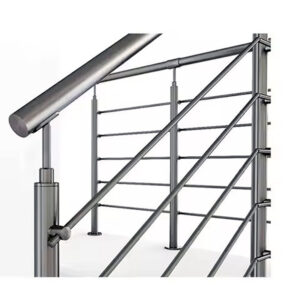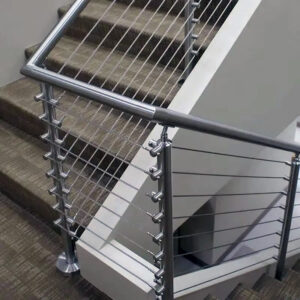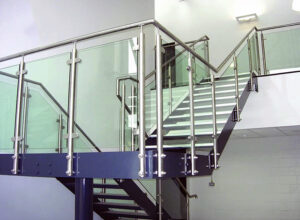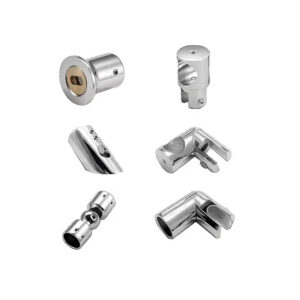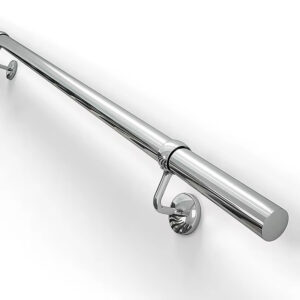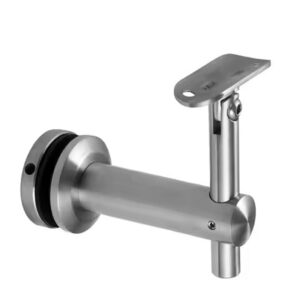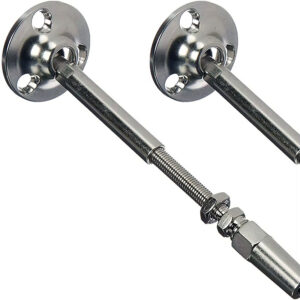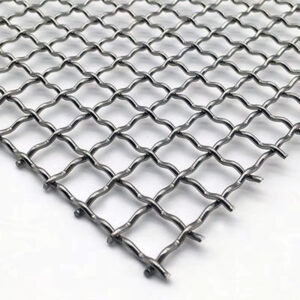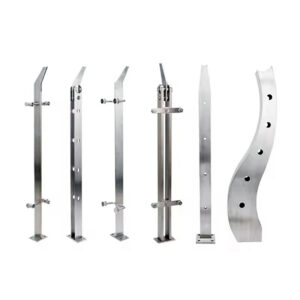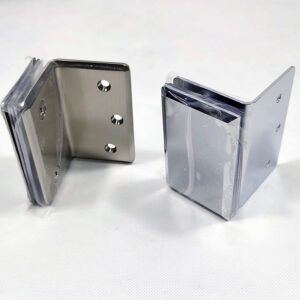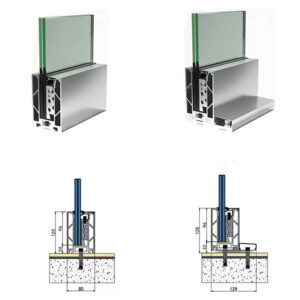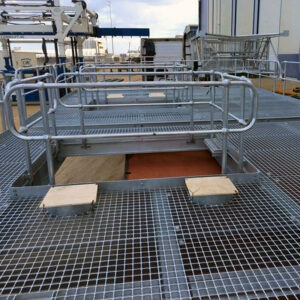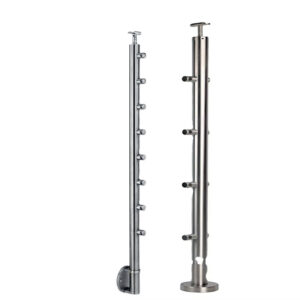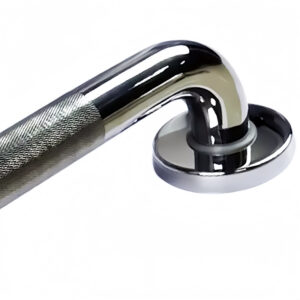Cable tensioner systems form the backbone of modern railing installations, but finding hardware that delivers consistent performance across different applications isn’t straightforward. After 23 years manufacturing stainless steel railing components, we’ve seen contractors struggle with tensioners that lose adjustment over time, marine installations where standard grades fail prematurely, and custom projects where lead times kill schedules. This guide covers what actually works: reliable tensioner hardware, proper material selection, and system integration that reduces both installation time and long-term maintenance costs.
Core Tensioner Components & System Integration
Primary Cable Tensioner Hardware
Threaded Body Tensioners handle most commercial applications with 316L stainless construction providing 3,000+ lb capacity per unit. These work best in straight-run cable installations where adjustment access isn’t restricted. The threaded mechanism allows precise tension control during installation and future adjustments.
Jaw-Fork Tensioners solve end-post mounting challenges with swivel capability that accommodates cable angle variations up to 15 degrees. Marine grade 316L construction resists corrosion in coastal environments where standard hardware fails within 2-3 years.
Barrel Tensioners integrate cleanly into through-post systems, hiding adjustment mechanisms inside post cavities. This design works particularly well in commercial spaces where aesthetic requirements matter but maintenance access remains necessary.
Cable Tensioner Fabrication Standards
Our cable tensioner fabrication 316L marine specifications exceed standard requirements with enhanced chromium content (18-20%) and molybdenum addition (2-3%) for superior corrosion resistance. Heat treatment processes ensure consistent mechanical properties across production runs.
▶ Get Technical Specifications ◀
ODM Cable Tensioner Manufacturing Capabilities
ODM cable tensioner manufacturing addresses unique project requirements through custom engineering. We’ve developed specialized tensioners for architectural applications requiring specific load ratings, environmental resistance, or integration with existing systems. Custom solutions typically add 2-3 weeks to standard lead times but solve problems standard components can’t address.
Material Selection & Performance Specifications
| Material Grade | Tensile Strength | Corrosion Resistance | Typical Applications | Cost Factor |
|---|---|---|---|---|
| 304 Stainless | 75,000 PSI | Interior/mild exterior | Commercial interior, residential | 1.0x |
| 316 Stainless | 75,000 PSI | Marine/industrial | Coastal, chemical exposure | 1.4x |
| 316L Marine | 70,000 PSI | Superior marine | Saltwater, aggressive environments | 1.6x |
| Duplex 2205 | 95,000 PSI | Extreme conditions | Offshore, heavy industrial | 2.2x |
Load Capacity & Safety Factors
Commercial tensioner systems typically require 200-400 lb working load per cable, with safety factors of 4:1 minimum. Our testing shows properly installed systems maintain 85-90% of initial tension after 12 months in typical commercial environments.
Surface Treatment Options
Brushed finish provides practical durability with scratch resistance that maintains appearance under normal wear. Installation scratches blend into the surface texture, reducing touch-up requirements.
Mirror polish offers premium aesthetics but requires more maintenance in high-traffic areas. Best suited for interior commercial applications where cleaning protocols can maintain appearance.
Commercial Tensioner Systems Applications
Residential Multi-Unit Projects
Multi-unit housing projects benefit from standardized cable tensioner systems that reduce inventory complexity and installation time. Recent 240-unit development used modular tensioner assemblies, cutting railing installation time by 35% compared to previous projects using mixed components.
Contractors report standardization eliminates field confusion about part compatibility and reduces callback visits for adjustments. Standard tensioner spacing at 4-foot intervals provides consistent cable deflection within code requirements.
Commercial & Office Installations
Office buildings and retail spaces require tensioner systems that balance performance with minimal maintenance disruption. Our commercial tensioner systems use sealed adjustment mechanisms that maintain calibration in HVAC environments with temperature cycling.
“Standardized tensioner components reduced our installation time by 40% while improving system reliability across multiple building types.” —National Commercial Contractors Association
Recent 15-story office installation demonstrated how proper tensioner selection impacts long-term performance. 316 stainless tensioners in exterior applications maintained adjustment after 18 months, while 304 grade interior units showed no degradation.
Industrial & Manufacturing Facilities
Manufacturing environments demand tensioner systems that withstand chemical exposure, temperature extremes, and mechanical vibration. Marine grade cable tensioners with enhanced sealing prevent contamination in food processing and pharmaceutical facilities.
| Environment Type | Recommended Grade | Expected Service Life | Maintenance Frequency |
|---|---|---|---|
| Standard Commercial | 304/316 Stainless | 15-20 years | Annual inspection |
| Coastal/Marine | 316L Marine | 12-15 years | Semi-annual |
| Chemical Processing | Duplex 2205 | 10-12 years | Quarterly |
| Food/Pharmaceutical | 316L Electropolish | 12-18 years | Monthly cleaning |
Marine & Coastal Installations
Marine grade cable tensioners address saltwater exposure challenges that destroy standard hardware within 2-4 years. 316L marine fabrication includes enhanced passivation treatments and precision tolerances that maintain adjustment capability despite corrosive environments.
Coastal restaurant project using standard 316 tensioners required replacement after 30 months due to pitting corrosion. Upgraded marine grade units at same location show minimal degradation after 48 months of service.
▶ Discuss Your Project Requirements ◀
Installation & System Integration
Modular Assembly Advantages
Pre-engineered tensioner assemblies reduce field labor through standardized connections and pre-set spacing. Contractors report 25-30% faster installation compared to piece-by-piece assembly, with fewer callback visits for adjustments.
Standard tensioner mounting uses 1/2″ stainless bolts with thread-locking compound, providing 2,500+ lb pullout resistance in properly prepared steel connections. Concrete anchoring requires 3/4″ expansion anchors with minimum 4″ embedment.
Installation Time Estimates
| Project Type | Linear Feet | Installation Time | Crew Size |
|---|---|---|---|
| Residential Deck | 50 ft | 6-8 hours | 2 person |
| Commercial Stair | 100 ft | 10-12 hours | 2 person |
| Multi-level Office | 300 ft | 2.5-3 days | 3 person |
| Industrial Mezzanine | 500 ft | 4-5 days | 3 person |
Quality Control & Manufacturing Precision
Our manufacturing precision ensures tensioner components maintain tolerances within ±0.002″ for threaded assemblies and ±0.005″ for machined surfaces. This precision eliminates field fitting problems that cause installation delays and performance issues.
Batch testing includes load verification at 150% working capacity and corrosion resistance validation through 240-hour salt spray exposure. Documentation accompanies shipments for code compliance verification.
▶ Connect with Installation Support ◀
System Compatibility & Integration
Cross-Platform Component Matching
Tensioner systems integrate with multiple post and railing configurations through standardized connection hardware. Universal mounting plates accommodate 2″ to 4″ post diameters with adjustment ranges covering typical installation variations.
Cable compatibility includes 1/8″, 3/16″, and 1/4″ diameter options with corresponding ferrule and stopping systems. Stainless cable construction matches tensioner grade to prevent galvanic corrosion issues.
Architectural Integration Solutions
Custom tensioner solutions address unique architectural requirements while maintaining standard performance characteristics. Recent museum project required concealed tensioners with remote adjustment capability, developed through ODM manufacturing processes.
Integration with glass railing systems uses specialized tensioner mounts that accommodate thermal expansion while maintaining structural integrity. Temperature cycling tests validate performance through -20°F to +120°F ranges.
Frequently Asked Questions
Q: How do I select the right material grade for coastal installations?
A: Marine environments require 316L minimum, with enhanced marine grade recommended for direct saltwater exposure. Standard 316 stainless works for inland locations up to 5 miles from coastline, while direct waterfront applications need marine grade fabrication for reliable 10+ year service life.
Q: What’s the typical adjustment range for tensioner systems?
A: Standard tensioners provide 2-3 inches of adjustment range, adequate for most installation tolerances and thermal movement. Cable length calculations should include 1.5″ minimum adjustment capacity for initial setup and future maintenance adjustments.
Q: Can tensioner components mix between different manufacturers?
A: Thread pitch and load ratings vary between manufacturers, making mixing inadvisable. Our systems use standard 1/4″-20 and 3/8″-16 threads where applicable, but load testing applies only to complete assemblies as manufactured and supplied.
Q: What maintenance schedule works for commercial installations?
A: Annual inspection and adjustment maintains optimal performance in typical commercial environments. Coastal or industrial applications require semi-annual attention, with monthly visual inspection recommended for high-traffic areas.
Q: How do custom tensioner projects affect lead times?
A: Standard components ship within 2-3 weeks. Custom ODM manufacturing adds 3-4 weeks for engineering and production, with prototype approval adding another 1-2 weeks. Complex integrations may require additional development time depending on specifications.
Q: What load testing documentation is available?
A: Complete test reports include ultimate load verification, working load certification, and fatigue testing results. Documentation meets IBC and ASCE requirements for structural verification, with professional engineer stamps available for specific project requirements.
▶ Get Complete Technical Documentation ◀
Market Position & Selection Criteria
Competitive Comparison Framework
| Selection Factor | Esang Metal | Import Hardware | Regional Suppliers | Premium Brands |
|---|---|---|---|---|
| Material Quality | 316L Marine Grade | Variable 304/316 | Standard 316 | Premium Alloys |
| Manufacturing Tolerance | ±0.002″ | ±0.008″ | ±0.005″ | ±0.001″ |
| Lead Time | 2-3 weeks | 8-12 weeks | 1-2 weeks | 4-6 weeks |
| Technical Support | 23-year experience | Limited | Regional knowledge | Extensive |
| Custom Capability | Full ODM | Limited options | Standard only | Full custom |
| Price Position | Competitive | Low | Regional competitive | Premium |
Selection Criteria by Project Type
Budget-conscious projects benefit from standard 316 stainless with brushed finish, providing reliable performance at competitive pricing. Volume pricing available for projects over 500 linear feet.
High-performance applications justify marine grade materials and precision manufacturing for superior longevity and reduced maintenance costs. Total cost of ownership typically favors higher initial investment.
Custom architectural projects require ODM capabilities with engineering support, justifying premium pricing for unique solutions that standard components cannot address.
The decision framework should consider total installed cost, expected service life, and maintenance requirements rather than initial hardware cost alone. Our 23 years of manufacturing experience helps contractors select optimal solutions for specific project requirements and budget constraints.
